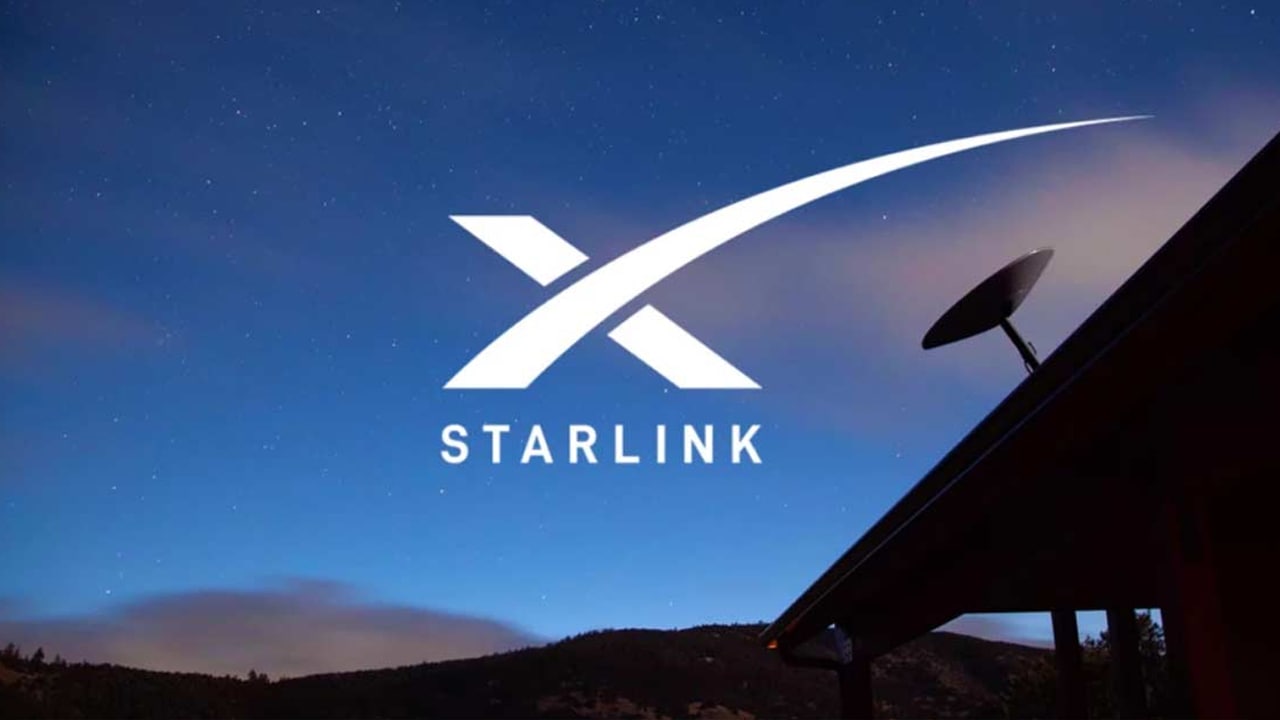Since Musk launched Starlink in 2019, the project has launched more than 2,500 satellites, providing network services to 400,000 customers in 34 countries and regions. Today, network testing agency Ookla released a report on Starlink, which said that the median download speed of Starlink in Canada increased from 61.84 Mbps in the first quarter of last year to 97.40 Mbps (the first quarter of this year).
JOIN US ON TELEGRAM
In the United States, it increased from 65.72 Mbps in the first quarter of last year to 90.55 Mbps (in the first quarter of this year), an increase of nearly 38% in one year. Ookla reports that Starlink in Mexico has the fastest internet speeds in North America, with a median download speed of 105.91Mbps.
 In contrast, Mexico’s median fixed broadband download speed is only 40.07 Mbps, which is much lower than the local Starlink speed. In addition, in Australia, New Zealand, France, Portugal, and other countries and regions, Starlink’s network speed performance is ahead of the cable broadband of local operators.
In contrast, Mexico’s median fixed broadband download speed is only 40.07 Mbps, which is much lower than the local Starlink speed. In addition, in Australia, New Zealand, France, Portugal, and other countries and regions, Starlink’s network speed performance is ahead of the cable broadband of local operators.
At the same time, many companies are preparing to compete with Starlink and launch their own low-orbit satellites, such as Amazon’s Project Kuiper, which was recently allowed by the Federal Communications Commission (FCC) to test their own, Ookla said. satellite service and Project Kuiper is already planning to launch satellites in the second half of the year. Viasat will also launch a new constellation with Inmarsat by 2023.
Moreover, the current standard package of Starlink services costs $110 a month, and it also costs $599 to buy receiving equipment. The Premium package is $500 a month and promises 350Mbps of bandwidth. Although expensive, Starlink’s Low Earth Orbit (LEO) satellites have changed the lives of consumers in remote areas by providing high-speed internet service.
It is worth mentioning that Ookla’s report also shows that the median upload speed of Starlink has dropped by at least 33% in the United States and at least 36% in Canada, which may be related to the increasing number of users joining Starlink.












